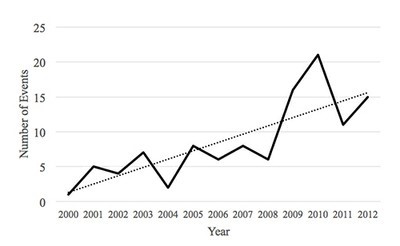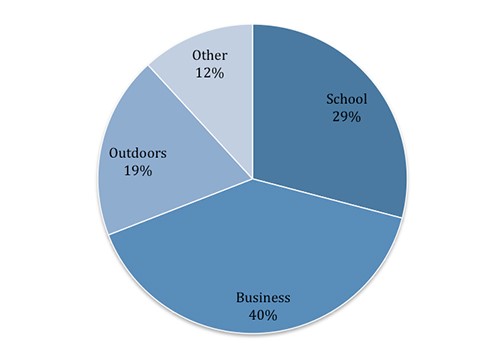 It is almost a common sense view that people living in the United States are much more individualist than those in Japan, but this view may be deeply flawed.
It is almost a common sense view that people living in the United States are much more individualist than those in Japan, but this view may be deeply flawed.
In a recent article in the Asian Journal of Social Psychology, Drs. Yohtaro Takano and Eiko Osaka contend that there is no solid evidence to support this “common view”, urging future researchers to change their basic paradigms when trying to understand cultural differences.
Initially, Drs. Takano and Osaka contend that the “common view” assumes that cultural effects determine the psychology of the individual. Most notions of individualism vs. collectivism are estimated at the national/cultural level, finding the average of individual responses. This inevitably simplifies the measures and creates a one dimensional spectrum of individualist to collectivist.
This approach is flawed by then assuming that individuals operate based on these norms, and Dr. Takano demonstrates this by breaking down data in previous studies and finding that, if individuals are the basic units of analysis and not countries, research supporting the “common view” falls apart.
While they do not challenge the idea that some cultures tend to be collectivist, they argue that Japan is a poor exemplar of collectivist culture. It isn’t even really on either end of the one-dimensional spectrum! Perhaps unsurprisingly, the United States is listed as one the most individualistic, but Japan does not lean strongly either way.
Moreover, the authors continue to challenge the idea that such notions can even be simplified into one dimensional measures. The individual psyche is incredibly complex, as are cultural norms, so the dichotomy does not hold under academic scrutiny. For instance, the “common view” has often held that individualism and social interdependence are contradictory, but this is often not the case, with individualist cultures still involving significant social interdependence.
Instead, Drs. Takano and Osaka suggest that individuals differ within a broader culture based on the specific ecological context in which they live. In fact, if individuals move between contexts, they will often change their behaviors. There is no reason why these contexts should be based on national boundaries, as the reality is much more complex.
This can all be important at the empirical level, as they argue, because assuming a “common view” runs the risk of confirmation bias. We may assume that a Japanese subculture is collectivist and thus find significant evidence that it is. This is not only bad research but ends up wrongfully stereotyping individuals based on preconceptions about their culture.
Certainly, the implications for reading people across cultures are clear. Many of the common sense views of how different cultures see the world are invalid and contribute to stereotyping which can be both harmful and unscientific.
This underscores the need to contextualize how interactions to both the individual and their culture. Rather than relying on “common sense,” we can instead rely on Humintell’s judgment and expertise in communicating with those from other cultures.

 Image retrieved from (Blair et al., 2014).
Image retrieved from (Blair et al., 2014). The role of peripheral vision in emotional recognition is crucial to our perception of the world.
The role of peripheral vision in emotional recognition is crucial to our perception of the world.